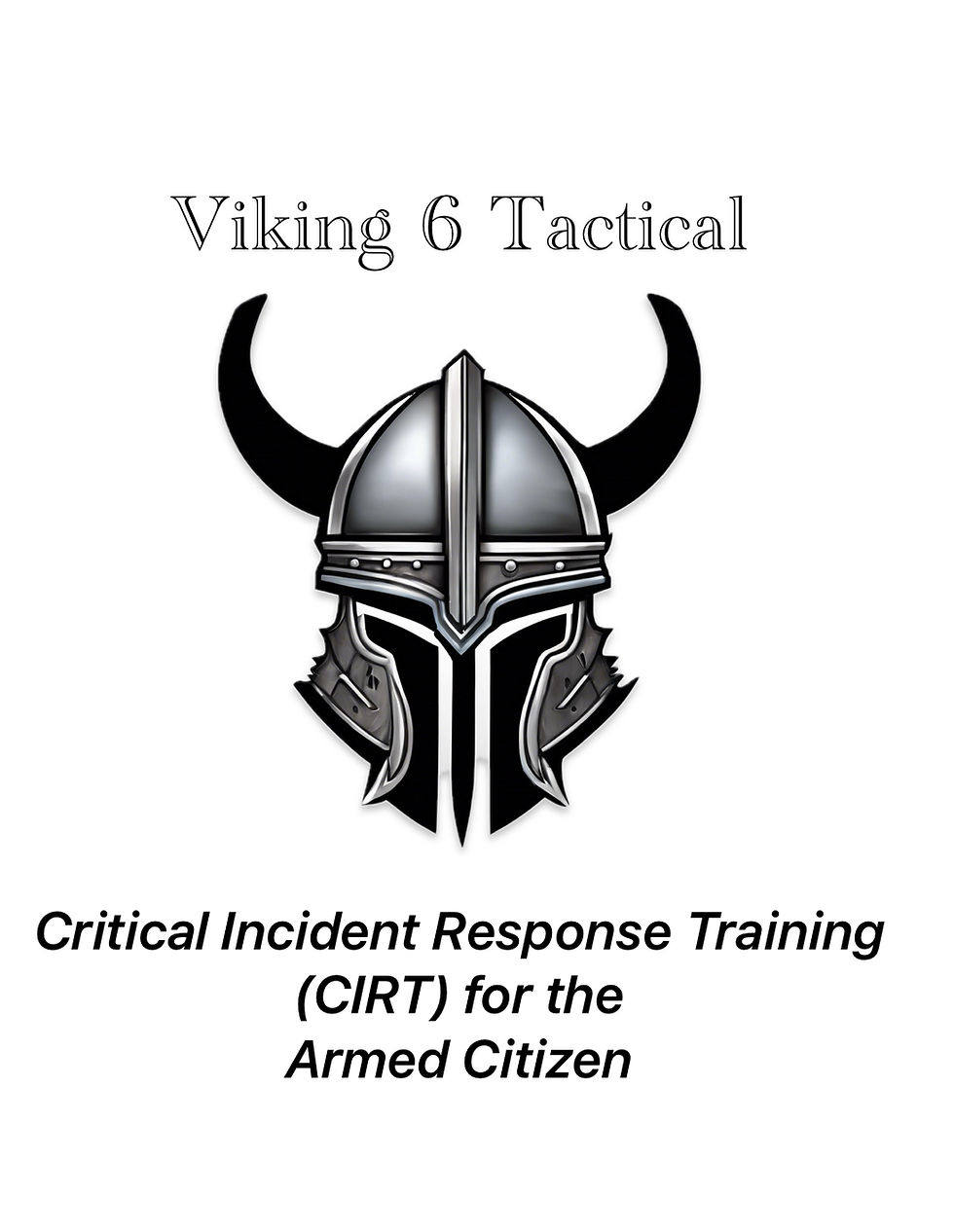Everyone Wants to Be a Protector, But Do You Have the Tools and the Ability?
- George Rodriguez
- May 4
- 3 min read

Everyone wants to be a protector. Whether it’s your spouse, kids, friends, or community, the instinct to defend and safeguard those we care about runs deep. It’s natural to want the ability to protect yourself and others but wanting to be a protector and being prepared to act as one are two very different things.
Let’s put it this way: having a hammer and nails doesn’t make you a carpenter. The same logic applies to self-defense, a firearm in your possession doesn’t automatically make you a protector. A skilled carpenter has a full toolbox and years of experience knowing when and how to use each tool. A true protector is no different.
Tool #1: Legal Knowledge
The first tool every protector needs is knowledge of the law. You need to understand your rights and responsibilities when it comes to using force. Ignorance of the law is not a legal defense—so it’s critical to learn about:
Stand Your Ground laws
The Castle Doctrine
When the use of deadly force is legally justified
This is foundational. If you don’t understand the legal landscape, you may find yourself in court (or worse) for actions you believed were justified.
Tool #2: Situational Awareness and Conflict Avoidance
The best fight is the one you avoid. Learning situational awareness gives you the ability to spot threats before they become dangerous. Understanding behavioral cues, environmental baselines, and recognizing anomalies can help you avoid walking into a bad situation in the first place.
Conflict avoidance is another critical tool. It's not about being passive, it’s about being smart. If you can de-escalate or remove yourself from danger, that’s a win. Remember: your goal is to protect your loved ones, not prove your toughness.
Tool #3: De-Escalation Skills
One of the most important tools in your protector toolbox is the ability to de-escalate. This is a skill you can use every day, not just in high-stress confrontations. Learning how to manage your emotions, read the emotions of others, and talk people down is a powerful asset. It also helps you “check your ego,” those who are confident in their skills don’t act out of fear or insecurity. They act with calm, deliberate control.
Tool #4: Firearm Competency
Yes, firearms are a tool of the trade, but only one of many. Being armed without being trained is like swinging a hammer blindfolded. True firearm competency means:
Practicing regularly
Understanding your weapon system
Training under stress
Continuously seeking improvement
I personally shoot nearly 1,000 rounds a month, and I’m still learning. I constantly seek out other instructors, new techniques, and better ways to teach and train. A protector is always evolving, because threats evolve too.
The Bottom Line: Tools Give You the Ability, Training Gives You the Confidence
Owning gear is easy. Becoming a protector takes work.
It’s a lifelong commitment to learning, practicing, and sharpening your tools, both mentally and physically. If you’ve made the decision to carry a firearm or take responsibility for your family’s safety, then you’ve also accepted the responsibility to train, improve, and be ready.
At Viking 6 Tactical, we’re here to help you build your toolbox, and teach you how to use every tool in it effectively. From situational awareness and legal education to firearms training, our mission is to make sure that when the time comes, you don’t just have the tools...
You have the ability.





Comments